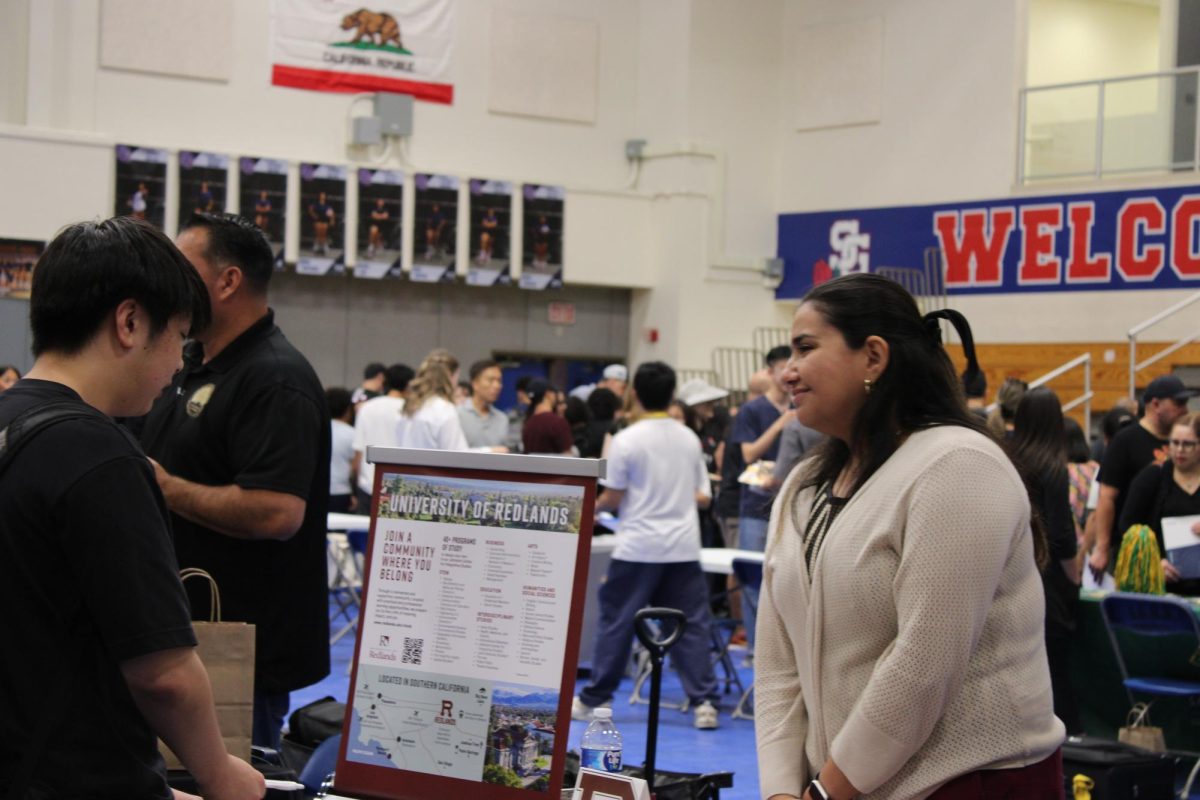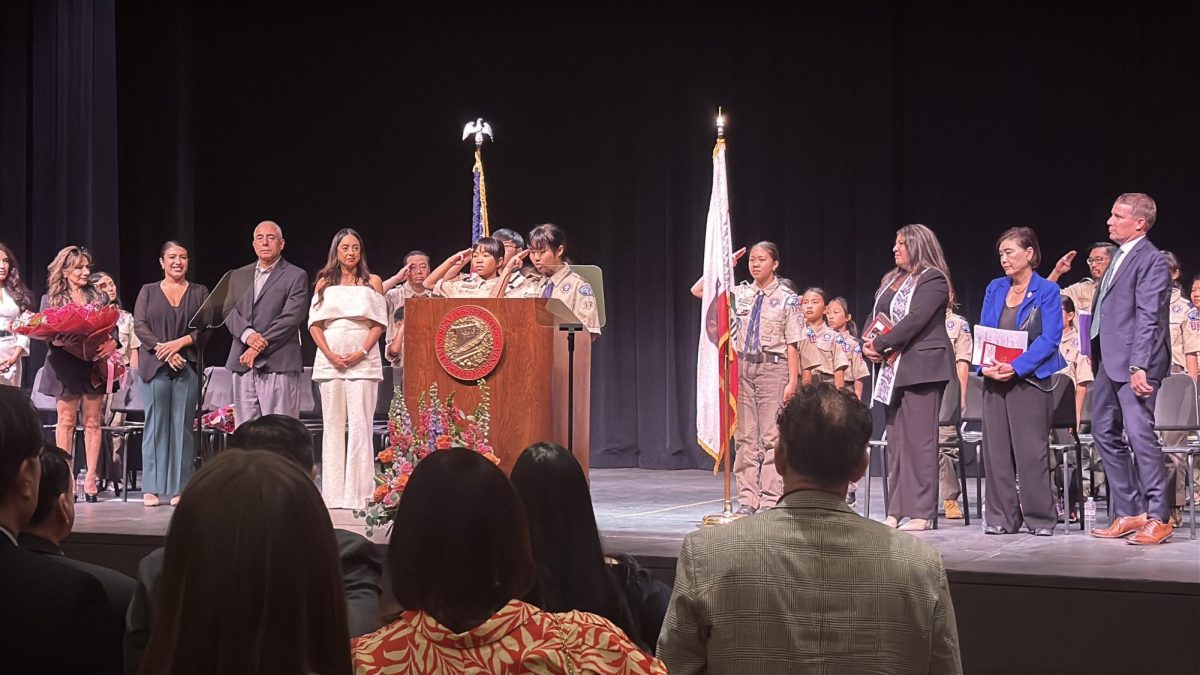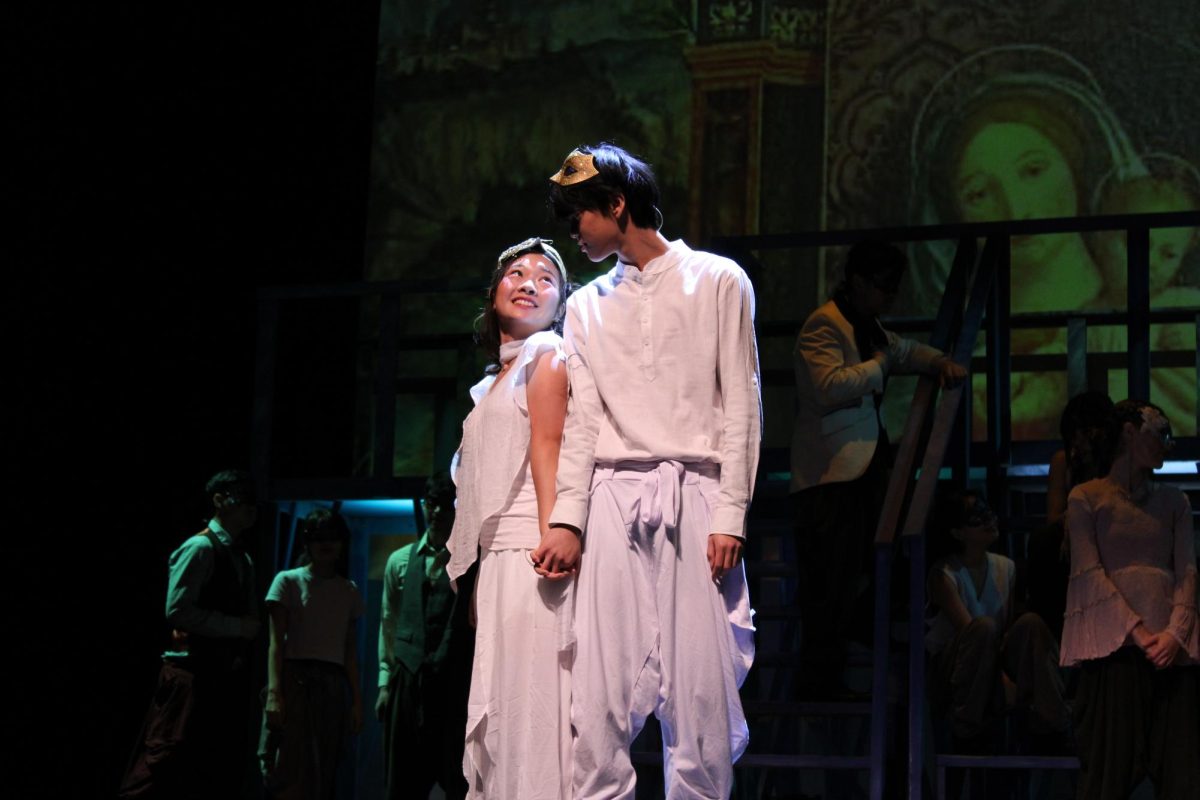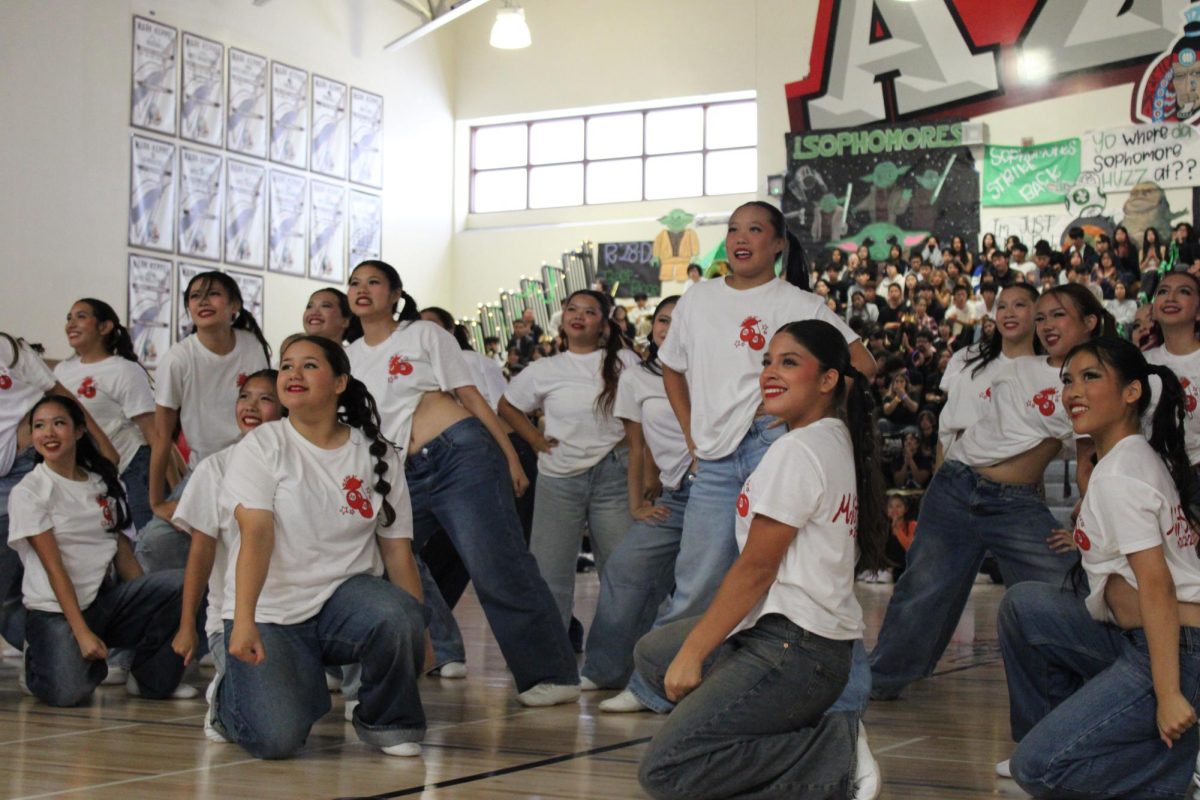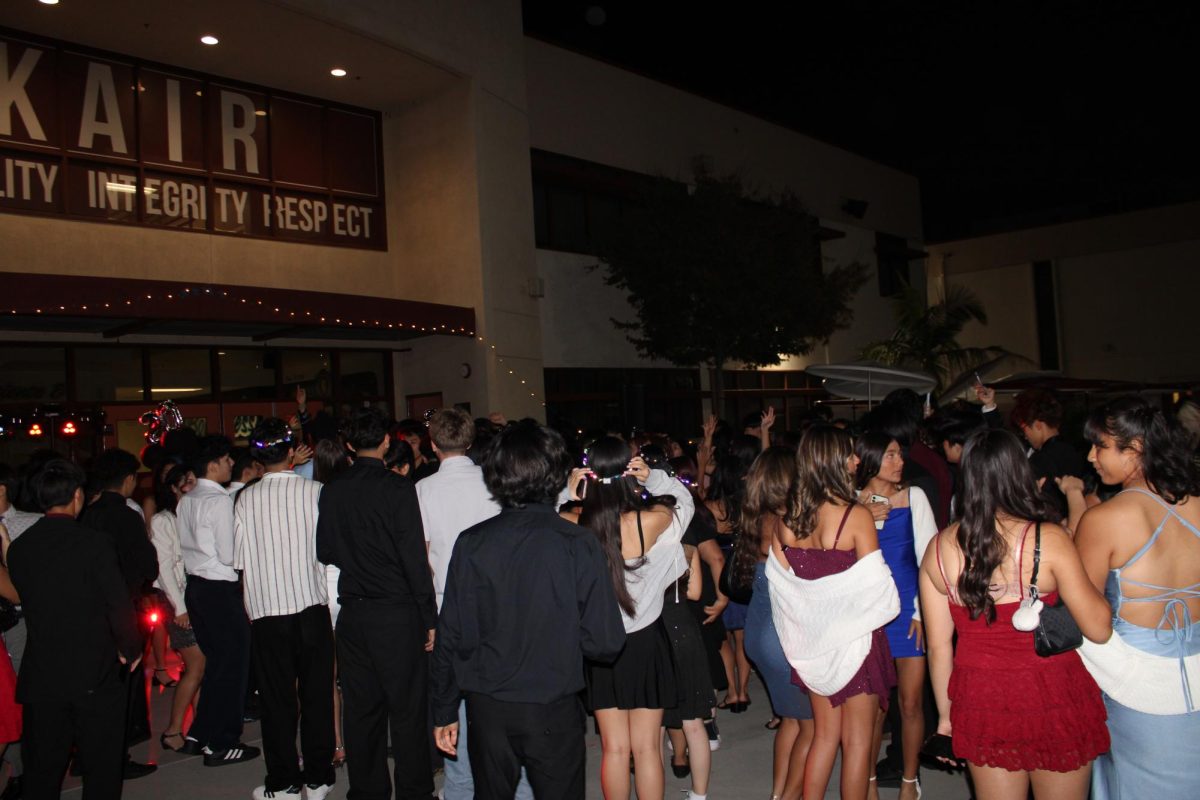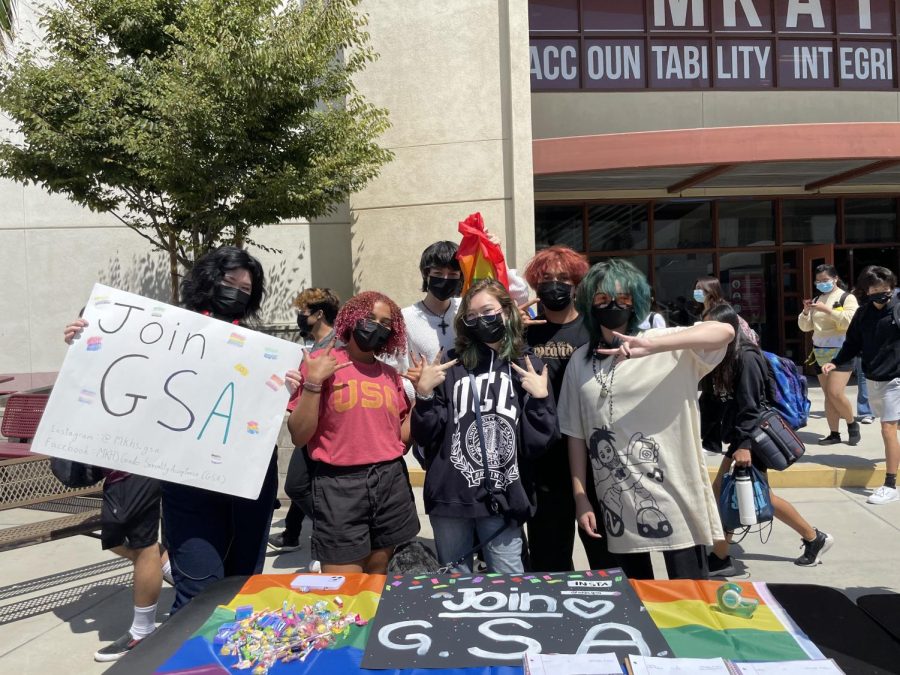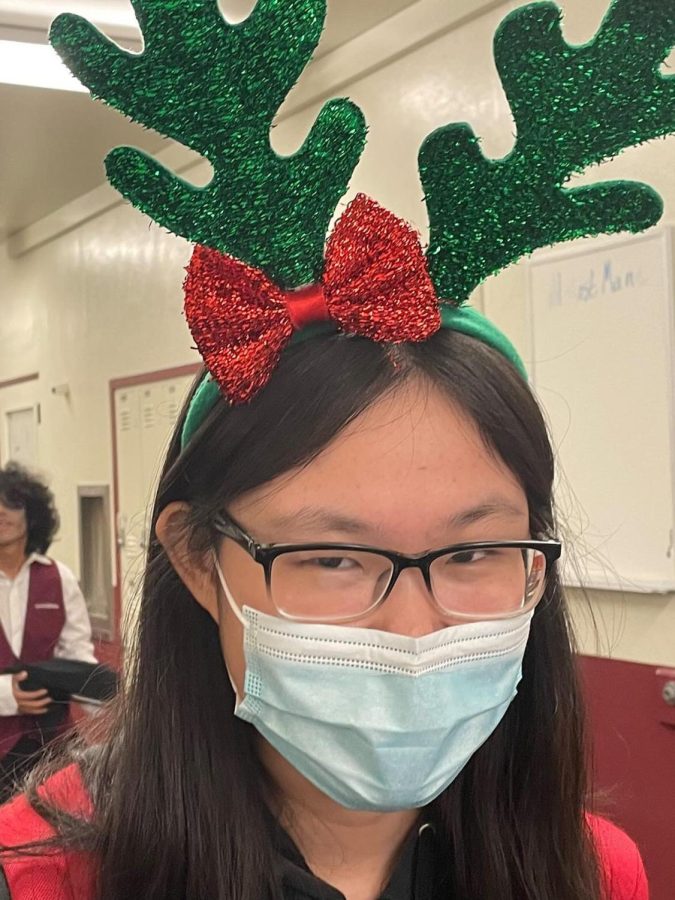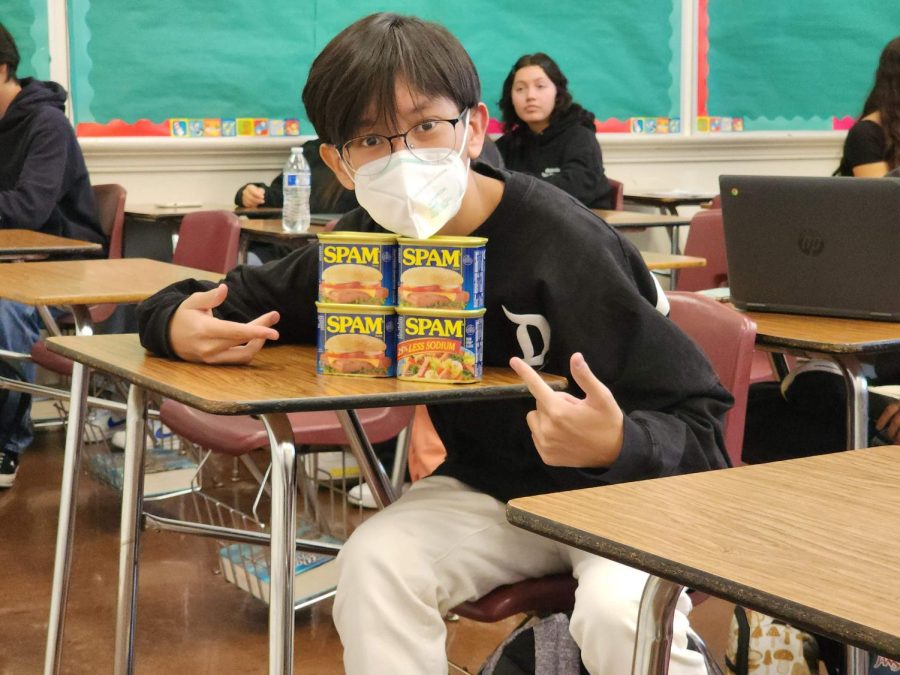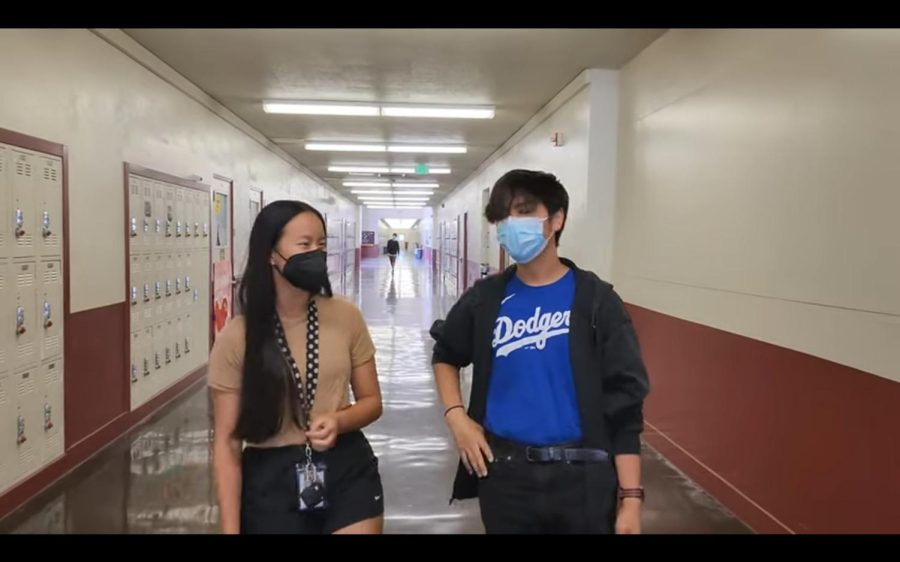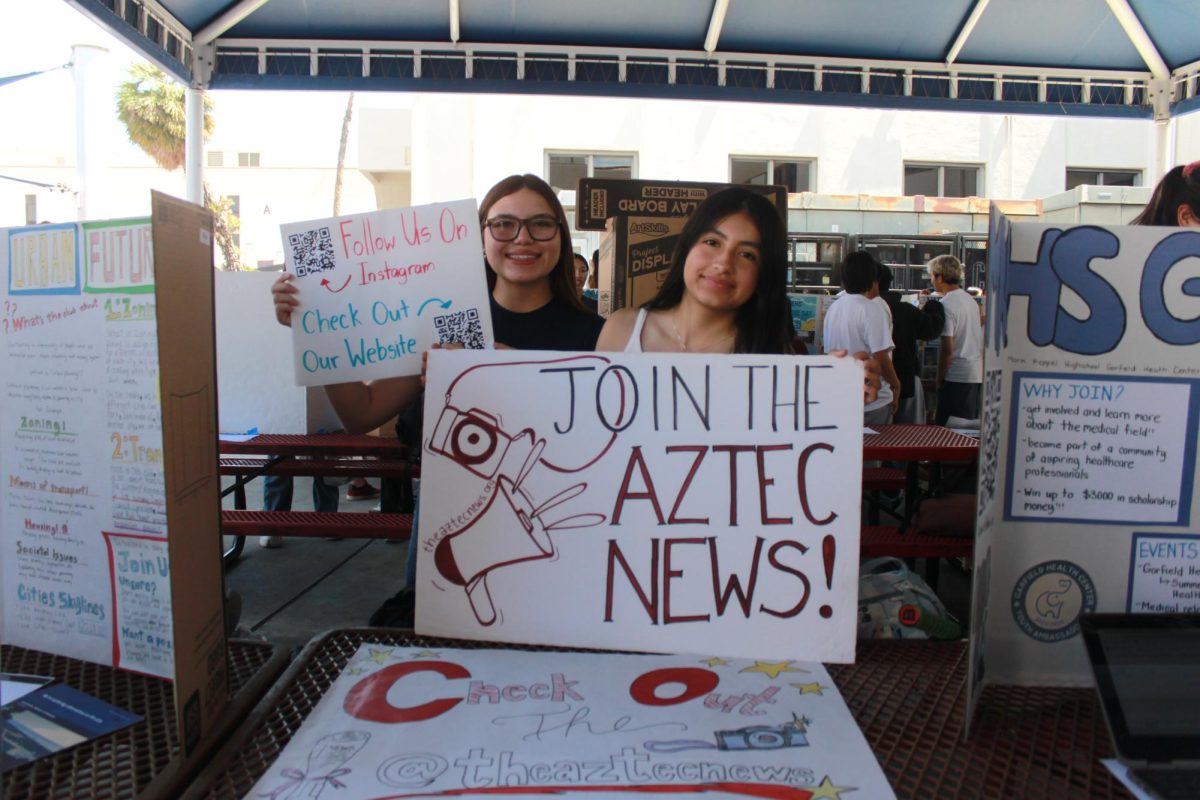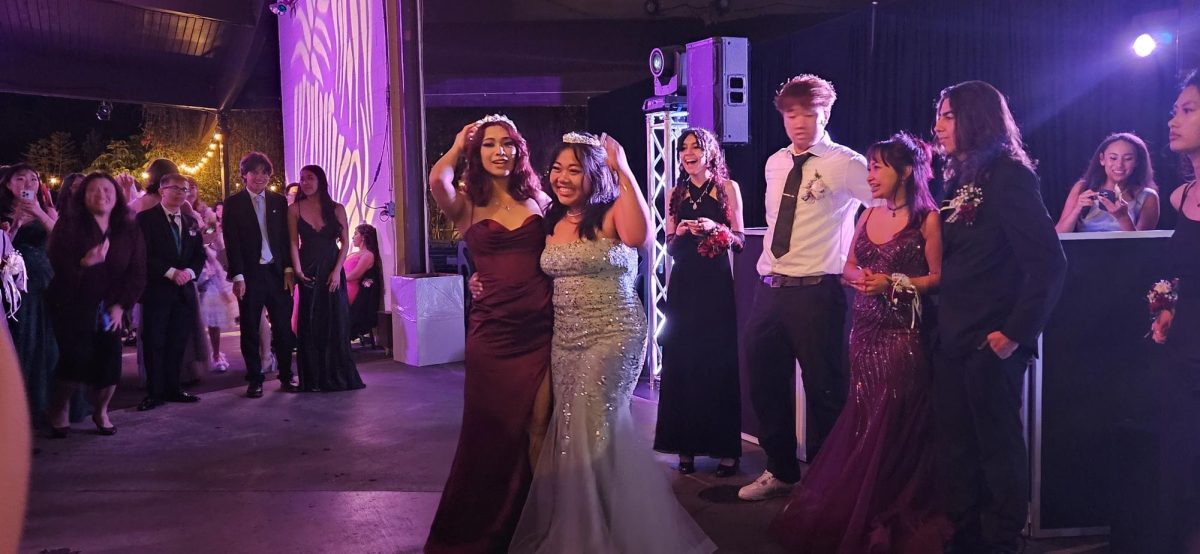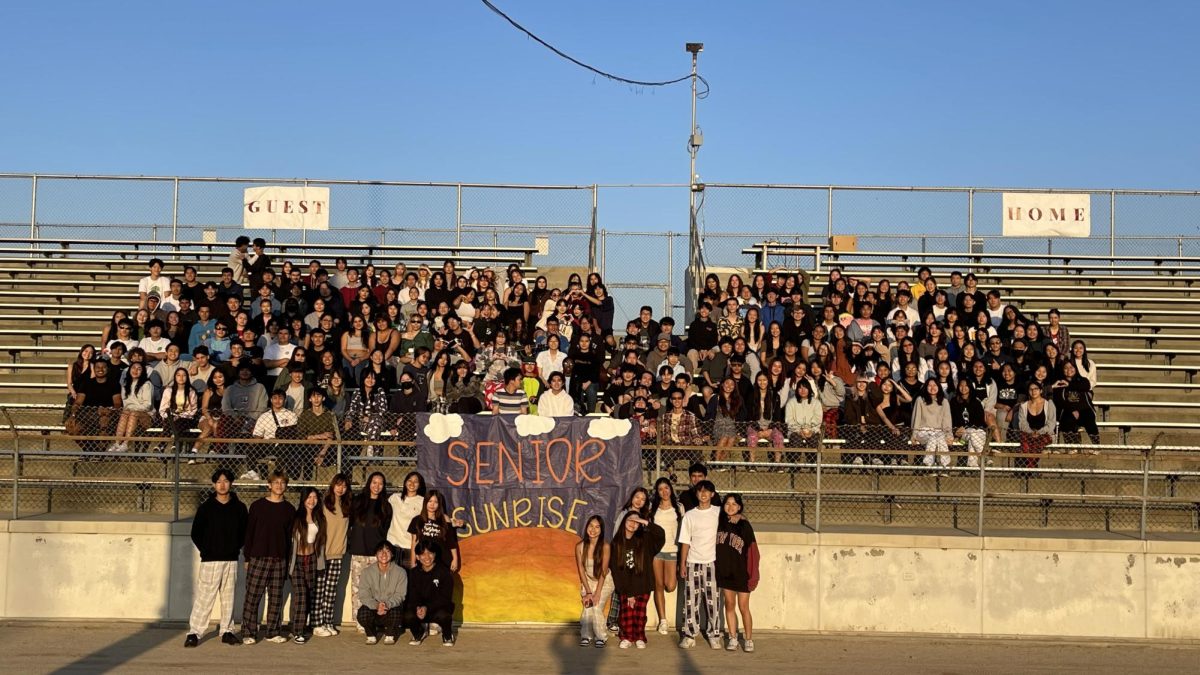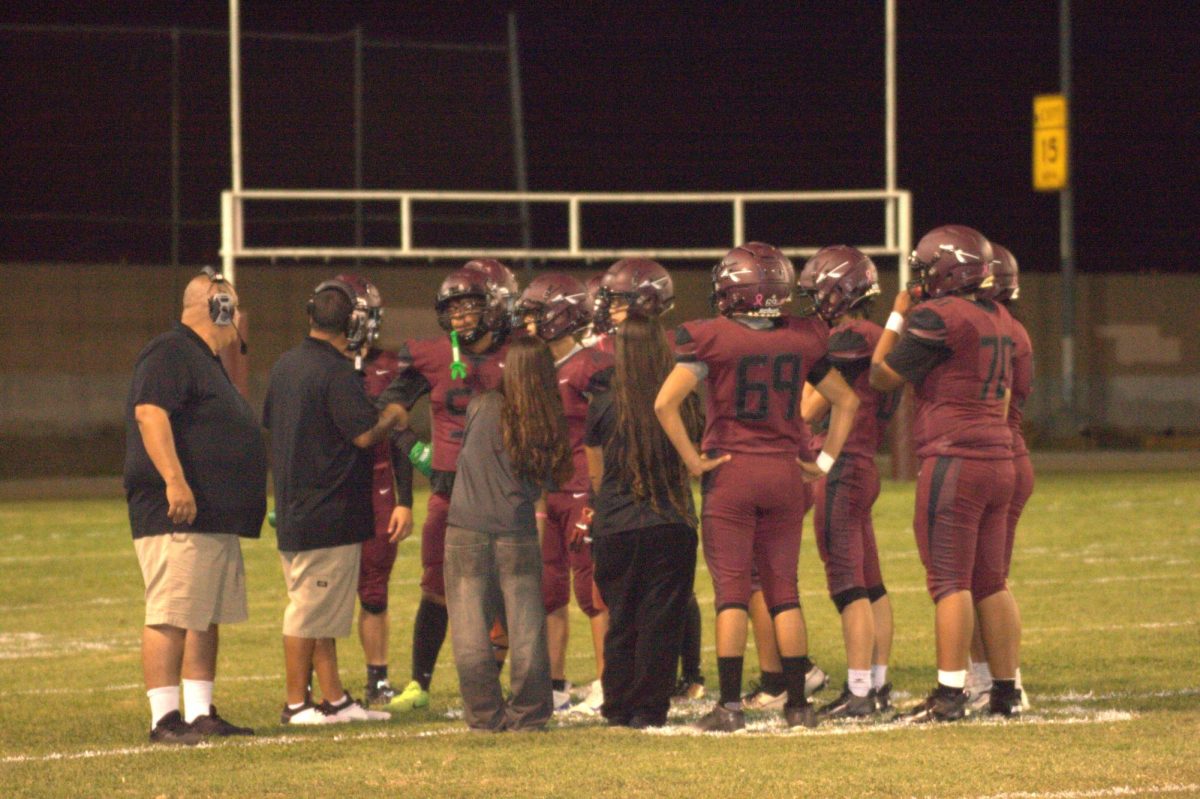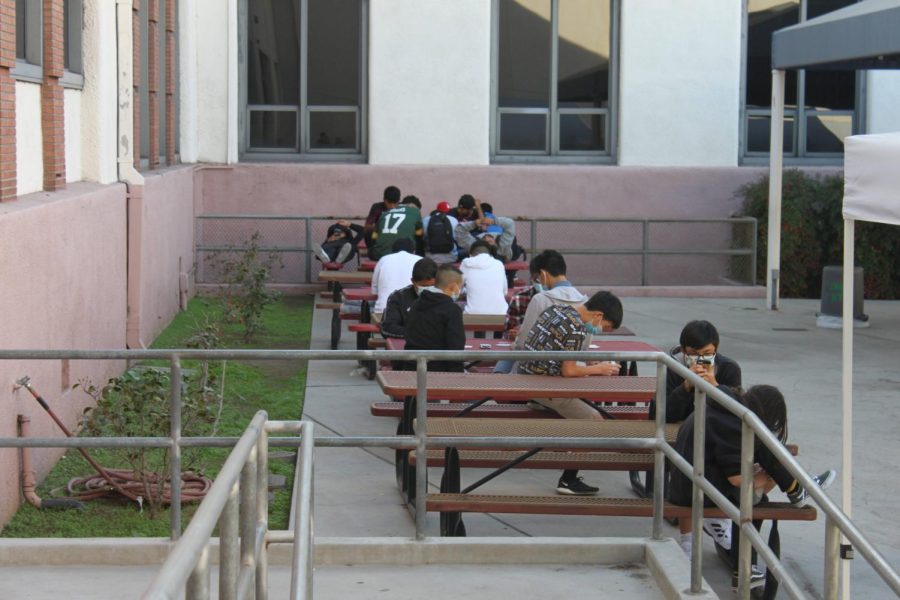Does the virus’s threat outweigh the need for mask breaks?
Photo by Amy Li
Last year, students were given mask breaks, a chance to go outside and breathe fresh air, during class time on block schedule days.
In January 2022, the COVID-19 virus began to spread and subsequently became responsible for millions of deaths. This resulted in a quarantine where everyone was required to remain at home and wear masks when outdoors. Debate rose among students and adults about whether the face mask requirement would genuinely protect us against COVID-19 and if it would be to blame for other health problems, such as headaches, dizziness, asthma, and irritating skin. Such concerns led to frustration and complaints about the need for mask breaks and when they should occur.
During the 2021-2022 school year, Mark Keppel issued 10-15 minute mask breaks during block schedules, which separated classes into roughly two-hour periods, to provide students with open space for sufficient air. Last March, the mask mandate was withdrawn as a result of declining COVID-19 cases; thus, mask breaks were no longer provided to people who continued to wear masks. Because of this, students with sensitive skin would experience irritation from the sweat that accumulates behind the mask. The American Academy of Dermatology Association (AAD) adds, “Masks can be hard on your skin, causing problems ranging from acne and peeling skin to rashes and itchiness.” Also, difficulties like congestion or the need to breathe may arise, particularly for students participating in physical activities under strenuous conditions.
According to the University of Illinois Chicago (UIC), a survey was conducted where “84% of participants experienced discomfort, and 75% reported trouble breathing or shortness of breath at least a little of the time while wearing a mask.” A mere five minute mask break can make a difference. Certain masks, such as surgical masks, can break easily and do not endure all day. Some students may feel uncomfortable changing masks in a crowded area. Therefore, an outside mask break would reduce the risk of transmitting the illness due to easy access to fresh air and would also give students a chance to change their masks.
There are also occasions where there aren’t lunch breaks like Minimum days. Keppel students used to leave around 12:30 p.m. during Minimum days, but because of the new bell schedule, students leave at 1:30 p.m. Although students are still able to leave early, being stuck with a mask on for such a long time can cause low-performance skills. The Buffalo advises keeping distance from others while on break and avoiding close-up conversations to prevent direct interaction. This would accommodate the demands of students while reducing the risk of spreading the virus.
Keppel students have also expressed their wish for the school to bring back mask breaks. “Mask breaks are nice to have, since having a mask can cause many issues like acne. I personally get dirty stuff on my mask, which gets on my face,” Sophomore Jennifer Nguyen noted. Sophomore Janelle La pointed out that mask breaks are necessary “because people tend to have short attention spans, and have trouble breathing with masks on.” Senior Jordan Calderon feels the same, saying that “mask breaks gave us time to relax our brains, time to stretch, and not be sitting in a cramped chair.” Calderon hopes that mask breaks can be restored either during the second semester of this school year, or possibly the next school year.
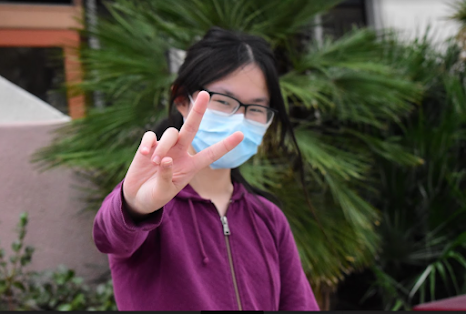
Amy Li is a senior and the President of the MKHS Choir Club. She enjoys drawing, photography, and listening to music, especially Olivia Rodrigo. She has...

